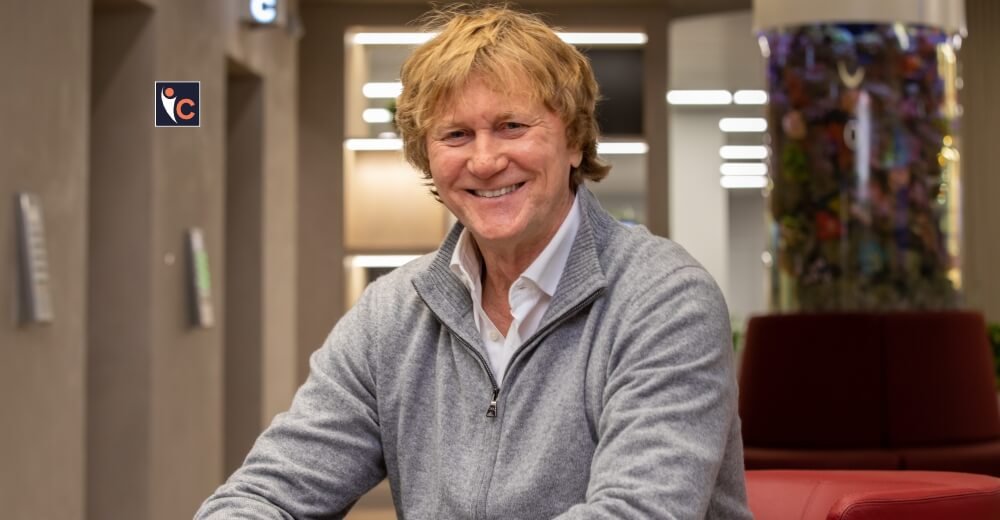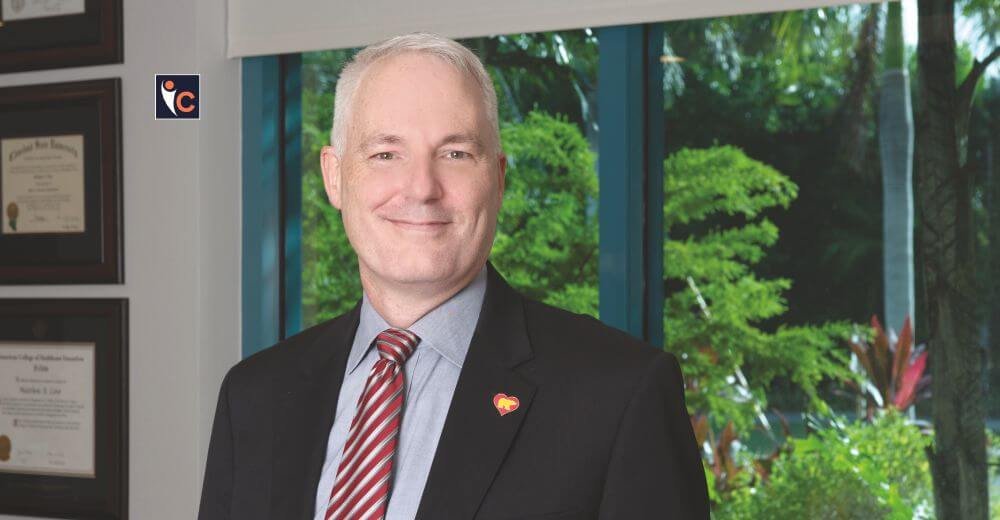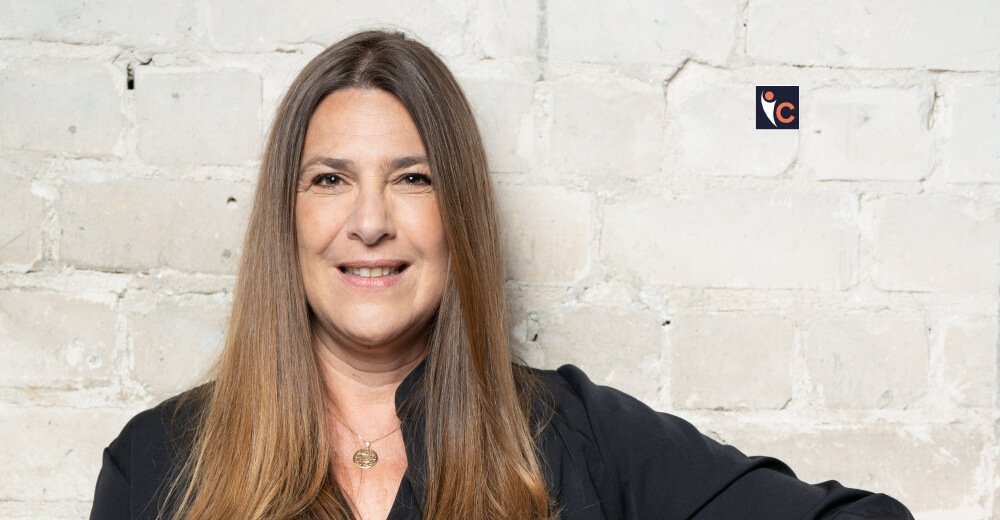Miles Romney started his career in health-tech, building the first EHR for wireless, mobile devices in-clinic. He then moved heavily into security, architecting solutions for secure data transmission and storage to satisfy what were, in those days, the ‘new’ HIPAA requirements.
From there, Miles moved into entertainment, building packet-streaming encryption systems for secure video and audio broadcasting. He spent fifteen years in that industry: running an animation studio and pioneering ‘digiclay animation’; building a media company that ran online ops for some 1,500 newspapers and TV stations before they sold it; then running a tech-enabled film distributor. “I loved all that!” Miles Romney recounts.
“But I got to a point, running the film distributor, where I felt like I was one of many people talking a lot about the world’s problems without actually doing anything to solve them—I wanted to move the needle. Healthcare was my likely choice, given my background. And I peg the high cost and uneven availability of healthcare as the second-largest problem in the world,” he added.
He connected with Bret Larsen who had spent his career in telehealth, and who had a compelling thesis on what the industry was doing right, and what it was doing wrong. Bret sold Miles on that vision.
Together, they determined that telehealth was also the ‘wedge’ technology that would enable literally everything else because it decouples care from the point of care, and it introduces a tech intermediary between the patient and provider—an intermediary that can build over time to facilitate care in ever-evolving ways.
eVisit was born!
Miles Romney was appointed the CTO and Bret Larsen became the CEO of the ambitious and visionary organization—eVisit.
…and then, Cometh the Pandemic
The onset of COVID-19 in the United States in 2020, of course, was like knocking over a beehive; and telehealth was right in the thick of it. It was a busy year for eVisit (putting it mildly).
The eVisit team hit utilization 12 times that of their previous peak almost overnight. At one point, the company onboarded around seven thousand providers in a matter of ten days, and by year’s end, it grew its revenues by nearly 600%.
“We got into telehealth confident that an inflection would come. We didn’t know it would be a pandemic, we’re sorry it was,” said the CTO, regretfully. “But 2020 ended with America’s health systems in a considerably more prepared position for the next major challenge than they were a year before.”
“We deeply lament the challenges and loss of life imposed by COVID-19, but we believe in making lemonade out of lemons, and we’re pleased to have been a part of not only surviving the pandemic but also in leveraging its lessons to future preparation, for the future preservation of life and health,” he further added.
The very low impact COVID-19 has had on children, for example, sets it apart from all of history’s other major outbreaks, rising to the level of miraculous. The team at eVisit has had, alongside everyone working in healthcare, an opportunity to discover where their vulnerabilities lie so that they can be prepared for the next one—which may be much worse.
A part of that preparation is embracing remote-care workflows in the widespread deployment and adoption of hybrid care. This is where eVisit’s passion lies. Sure, eVisit can help patients and providers connect for the isolated cold and flu—and it does that. But the real power of its platform lies in holistic care and wellness, connecting every episode of care to a patient’s lifelong health.
And this is what the healthcare industry has to get good at in order to efficiently and effectively service a billions-large global population in an uncertain future.
Riding the Tech Wave
When asked about how the adoption of technology is impacting the healthcare industry, Miles said, “Technology can be, and is often, a boon. It can also be a bane. An unintended consequence of the application of technology in healthcare is that we’ve surrounded the delivery of care with so much stuff. Information gathering, information review, documentation, documentation, and documentation. The Annals of Family Medicine found that physicians spend, on average, 44% of their time on administrative work. Health Affairs puts it at 50%. And Statista tells an even worse story: for every hour of a doctor’s time spent with a patient, two hours is spent on administration.”
The NIH (National Institutes of Health) says, “The highly trained U.S. physician has become a data-entry clerk; required to document not only diagnoses, physician orders, and patient visit notes, but also an increasing amount of low-value administrative data.”
As Miles explains—this is work that, while it may be valuable, is not treating patients. It’s similar to using a judge as a court reporter, or a pilot for in-flight beverage service. Using a manufacturing CEO to screw the lids onto toothpaste tubes, instead of using technology. Even that example falls short.
According to Investopedia, the top ten highest paid professions in the United States are all doctors. The top ten! Number eleven is CEO. So, from a use-of-funds perspective, you could say it would be better to have the hospital CEO filling out patient charts than it would be having a doctor do it. Sure, doctors can do it, that process works; but it’s a colossally inefficient application of training and expertise, and of operational dollars. This is all work that could and should be done by someone other than physicians, or even better, by automated processes.
Good technology in healthcare, properly applied, won’t distract physicians, it will empower them to ‘practice at the top of their license’. It’s physicians doing the things that only physicians can do while re-allocating other work to more efficient resources. This will not happen by itself. It takes the careful and deliberate application of new technologies and new processes.
Now that we’ve embraced technology, the only way forward is through. Technology solves a lot of problems, but it creates others. Miles Romney comments, “We, in health-tech, will always be fighting that wave, building ever-improving processes to solve the problems we didn’t create, alongside the ones we did.”
The new normal
As the pandemic rollout demanded, eVisit did what everyone did, but in eVisit’s case, there was a bit of irony in it: it adopted, itself, remote workflows. This involved bringing new collaboration and security tools online, new policies and procedures, new habits, and new expectations. This proved highly effective. But it does certainly take getting used to. An environment of understanding and nurturing is more important than ever, as people grapple with the emotional effects of physical isolation.
In eVisit’s case, it does absolutely help that the company is building products that have allowed people to stay healthy and cared for, even in the midst of distancing and quarantine—that mission-driven push makes a big difference.
The All-star Staff of eVisit
The team of eVisit resoundingly states that they want the most qualified person for every job. And they want a diversity of background, experience, and viewpoint—sometimes this is a function of gender, and sometimes it’s of race, socioeconomic class, sexual orientation, linguistic background, or belief system.
Achieving a marriage of these two ideals may mean providing opportunities to under-represented groups, in order to nurture them into the most qualified person for a job, so that eVisit can benefit from their diversity. Nobody’s got this honed to a science; Miles certainly won’t claim that eVisit does. But his team—along with a lot of other people—are sure trying hard at it.
Food for thought
When asked about what advice he would like to give to those budding entrepreneurs aspiring to venture into the healthcare sector, Miles Romney stated, “This is a hard one to answer without sounding pejorative. Healthcare is hard. The risks are high. The barriers to entry are unusually steep. As a serial entrepreneur myself, I wouldn’t advise that a venture in health-tech be anyone’s first foray into start-ups. I would also advise having solid experience in healthcare, or partnering with people who do, before going at it.”
“Healthcare is a highly nuanced space that people spend lifetimes coming to know thoroughly. There are precious few easy fixes to the tough problems that face this industry. The word ‘disruption’ in healthcare can be powerful, but it can also be dangerous—to people’s lives. Solutions will usually be intricate, expensive, and iterative.
“But the eVisit team started with friends-and-family money; then we grew it methodically, and finally, explosively, to become the market leader. It can be done!”
To Infinity and Beyond…
For eVisit, telehealth is just the beginning. The company is in the midst of expanding to accommodate more needs within more workflows, in remote care, hybrid care, and even patient navigation for in-clinic encounters. It is working to reduce friction and simplify the interfaces between patients and providers—wherever they are found.
In 2022, it is focusing on front-door and care navigation, expanding its asynchronous offerings, and hardware integrations for third-party devices and RPM.
“Beyond that, we have a plan that stretches to 2050 and includes everything from VR to real-time, granular telemetry, expanded ML/AI, streamlined and ubiquitous lab work, and custom-synthesized drugs. We won’t achieve this alone, but we’ll be a big part of it,” concluded the astute CTO of eVisit – Miles Romney.
A Glorious Path
eVisit’s vision is to simplify healthcare delivery to everyone, everywhere. This, today, mostly means that it facilitates geographically remote visits and hybrid workflows.
But eVisit is a telehealth company in the same way that Amazon used to be a bookseller, and the company is continually increasing the scope of its tools and partnerships to provide more-and-more comprehensive solutions to the market’s ever-evolving challenges.










